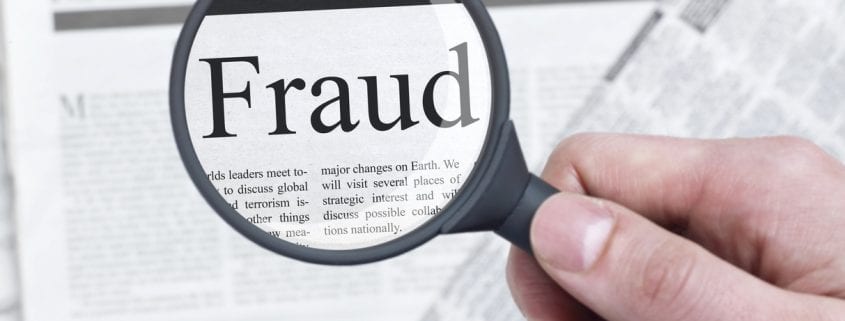
Ad Fraud Detection: Should you be worried?
Although running digital ads has never been easier and more cost-effective, especially with the ability to target audiences and through real-time bidding platforms, there is one big drawback: ad fraud is on the rise. According to the IAB (Interactive Advertising Bureau), ad fraud costs the U.S. marketing industry alone almost $8.2 billion a year. Unfortunately, because of real-time bidding, committing ad fraud has become easier. Advertisers end up paying for clicks and exposure on specific pages that aren’t actually happening. To reduce the risk of experiencing ad fraud, the following is a brief ad fraud detection guide.
Simple Ways that Small Businesses Can Use Data to Build Better Customer Relationships
Ad Fraud Detection Tips
When you purchase ad space, be sure to monitor your ads to make sure ad fraud isn’t taking place. The following are a few signs that you should look out for that typically indicate fraud:
- Your ads aren’t performing – If your ads are having no impact whatsoever and you’ve put a lot of resources into your ad campaign, then it’s usually a sure sign of ad fraud. An ad with well-crafted content, thoroughly researched keywords, and a carefully targeted audience shouldn’t have zero conversions or sales. This is especially true if you compare it to display ad campaigns you’re running on other channels. If a display ad on Facebook is producing 50 conversions for every 500 clicks and your other ad has 500 clicks and no conversions, it’s a giant red flag.
- On-site analytics aren’t comparing – If your ad has short session durations and high bounce rates compared to an ad you’re running on Facebook, it could potentially be ad fraud. People that click ads will typically spend some time on the page, even if they’re not filling out the form.
- Your click-through-rates are too high – Having a high click-through-rate is great, but if your click-through-rates are too high, then you should be suspicious. Anything over one percent is a sign of fraud that you’ll want to look into. It’s even more likely to be fraud if that high click-through-rate is accompanied by poor performance, short session durations, and high bounce rates.
- Your ads’ clickers have data center IP addresses – If the clicks that your ad is getting are coming from data center IP addresses, it’s a sure sign of fraud. It basically means that the clicks are being generated from a hosted server and not a residential or corporate computer. You won’t be able to tell if this is the case unless you check the IP addresses of your clicks. Advertisers should check IP addresses regularly.
How To Prevent Ad Fraud
Consider using an ad fraud detection company. Ad fraud detection companies can verify that the ad space you’re purchasing is legitimate. They often use algorithms to create blacklists as well, thereby helping you avoid known scammers. When looking for an ad fraud detection company, look for TAG certification.TAG (Trustworthy Accountability Group) is an industry-wide initiative to fight ad fraud. Companies that are TAG certified have gone through proprietary background checks and review processes and are considered legitimate.
As ad fraud continues to be a serious problem, it’s important that keep these ad fraud detection tips in mind. Even then, you should be very careful when purchasing or bidding on ad space. However, as long as you’re careful, don’t let ad fraud prevent you from bidding on digital ad space — it can be a very effective way to reach your audience, after all.

Dan Gartlan helps companies of all kinds drive their business initiatives and achieve their goals with strategic marketing programs that deliver results. As President of Stevens & Tate Marketing, he has over 20 years experience across various industries, and continues to share his expertise to build brands nationwide.





